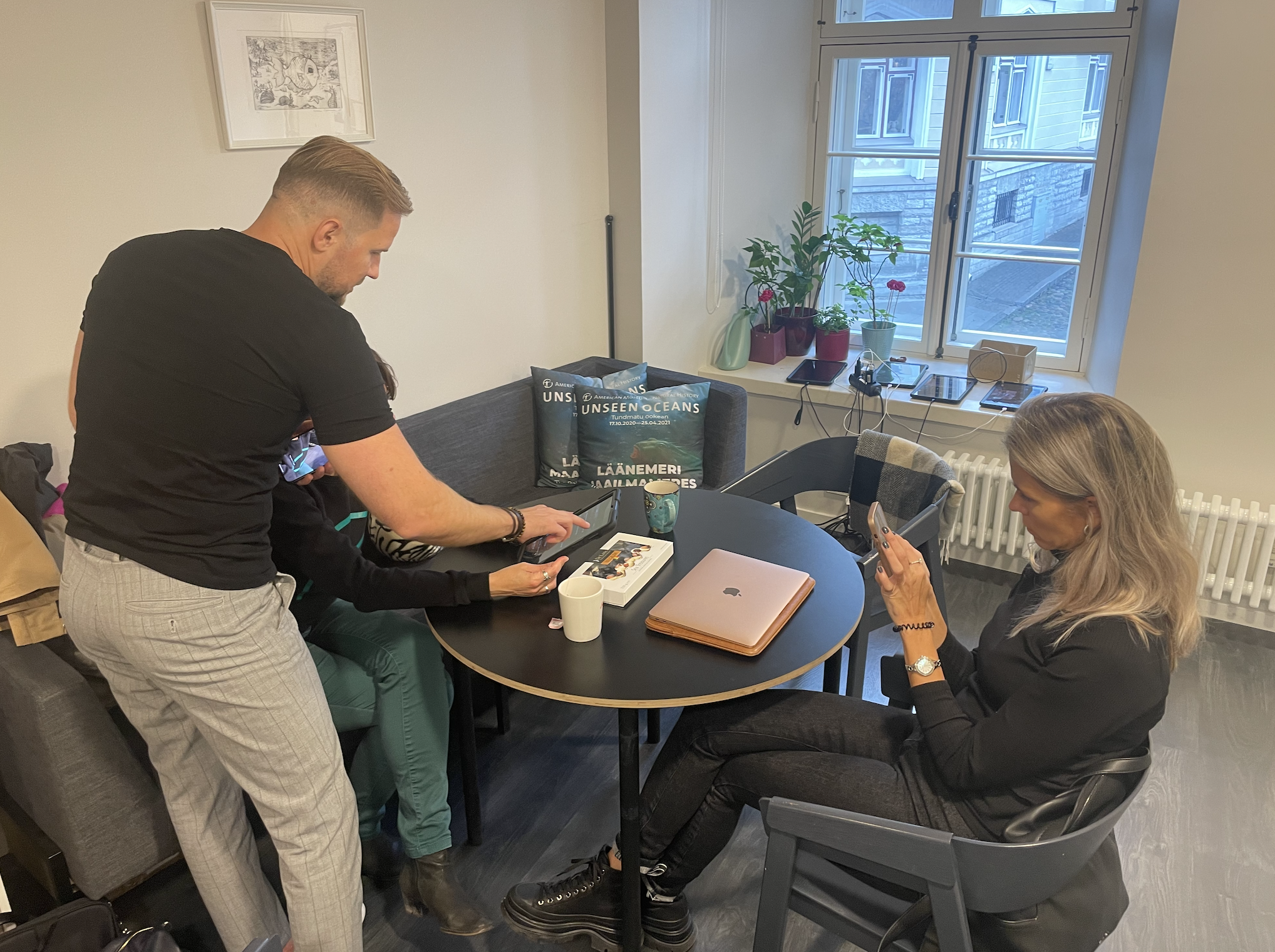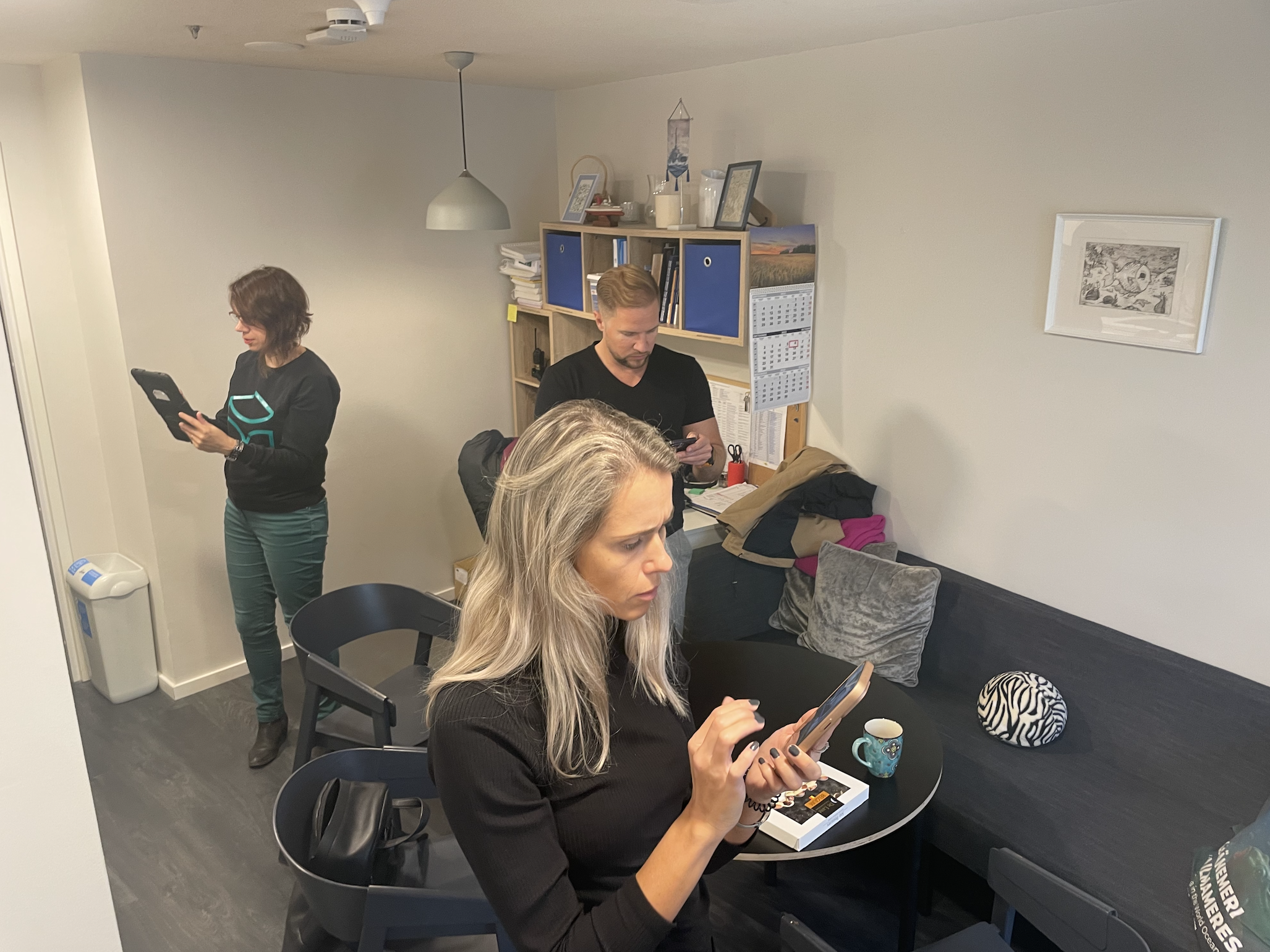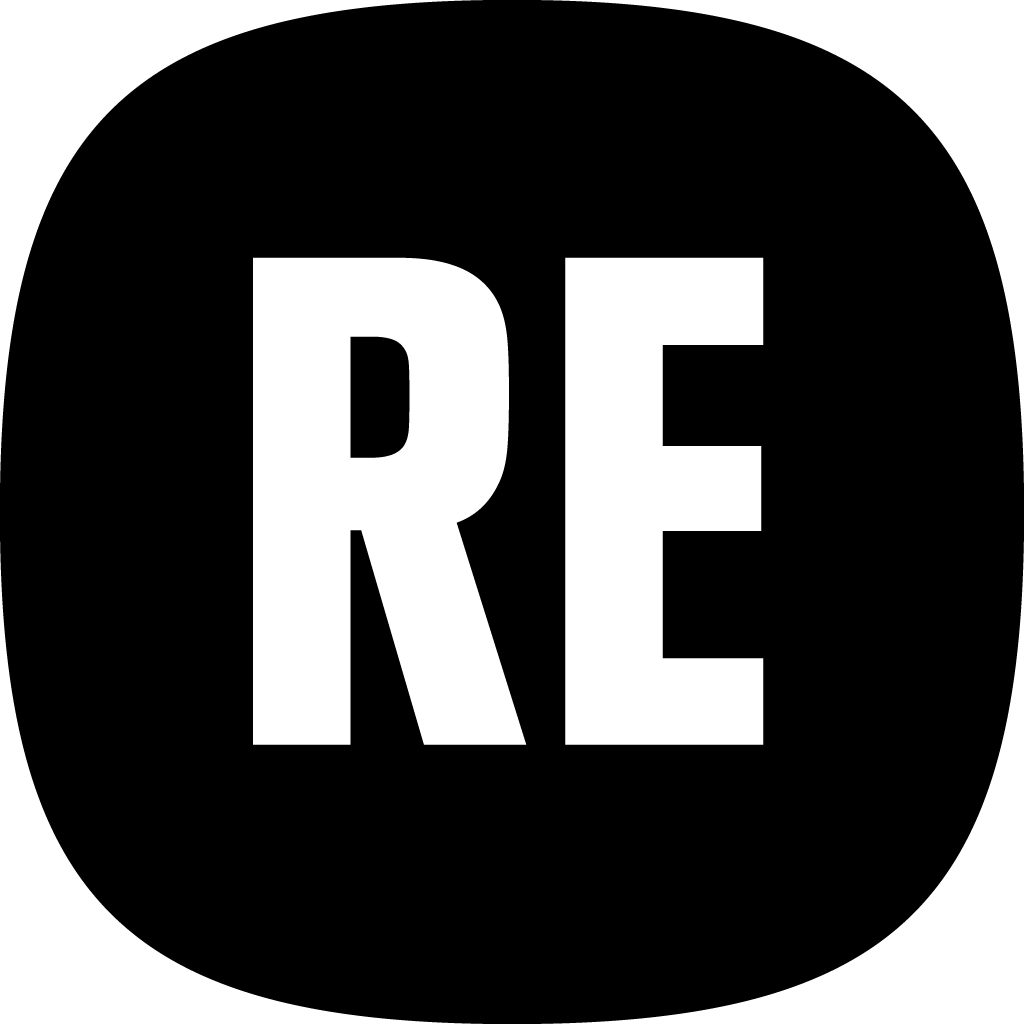The Estonian Maritime Museum's pilot project gains momentum
An overview of the steps the team at the Estonian Maritime Museum Living Lab took to make the project take off and fly!
The Estonian Maritime Museum's participatory business model is focused on museums as co-creators in the collaborative innovation process to develop digital education solutions. The museum decided to further develop a digital educational solution using Augmented Reality (AR) to enrich both the museum and the classroom environment through the use of the Reality Maker AR platform.
The first testings of pilot involved key team members of the ESTMME team, an AR solution provider, and an experienced teacher/learning architect. In the first meeting, held on September 6th, 2023, the potential content of the mixed reality solution to be offered to schools was discussed. The group settled on the Middle Ages and its trade, as the Estonian Maritime Museum already has an existing educational program on this era. The educational programme is centred around one of the museum's key exhibits - the medieval cog - and the pilot can be built on already solid foundation.

On September 19th, the group discussed the potential benefits of using mixed reality in education, as well as sharing initial thoughts on the substantive concept of the mixed reality solution: what form the activities should and could take, what would the students be required to do, and what technical solutions should be created for the pilot. This is how the best solution was individuated: the task for the students could involve filling a ship with medieval goods and artefacts, so that students would then have the chance to create a story based on their work, to explain the reasoning behind their choices. The story could either be recorded or 'written' by adding labels to the objects.

During the third meeting, held on September 26th, Priit Lätti, a researcher at the Maritime Museum with experience in underwater archaeology and teaching, joined the team to provide his insights. His expertise was of pivotal importance, especially as the team experimented with real-time searches on the web (using Sketchfab) for 3D models of medieval and other historical objects that could be used in the classroom to solve the mixed reality pilot task. Priit's commentary on the objects was key in crafting a correct and, most importantly, useful storytelling.
On October 9th, the newly created 3D objects were tested in the room using different devices. Based on this, the group individuated the flaws and understood what changes should be made in the selection of objects and what should be further developed. So a few days later, on October 13th, the augmented reality environment was tested, and the recent improvements were checked too. The result was a finessing of the content of the classroom pilot project, including instructions and objectives, as well as various learning scenarios.

The ultimate goal for the Estonian Maritime Museum Living Lab is to become a well-known innovator in the museum sector, especially in relation to education, as well as a distinguished partner for digital innovators (i.e., tech companies). The pilot, innovative and forward-thinking and created sharing knowledge and expertise, is set to be a real breakthrough in education.

Share